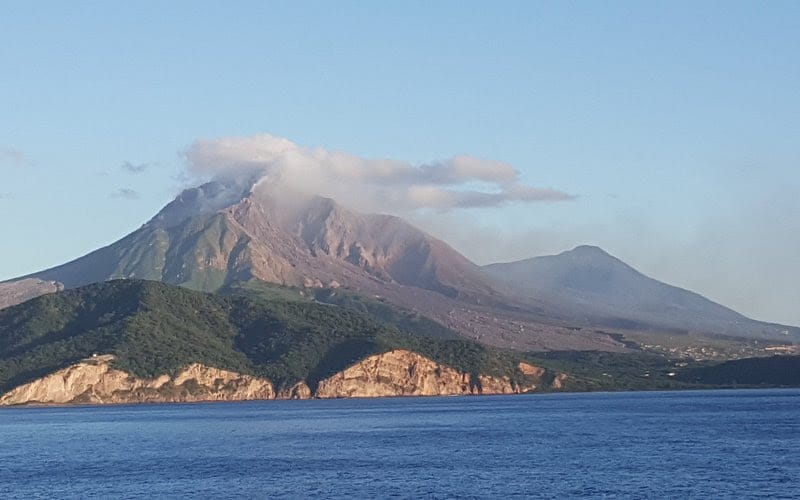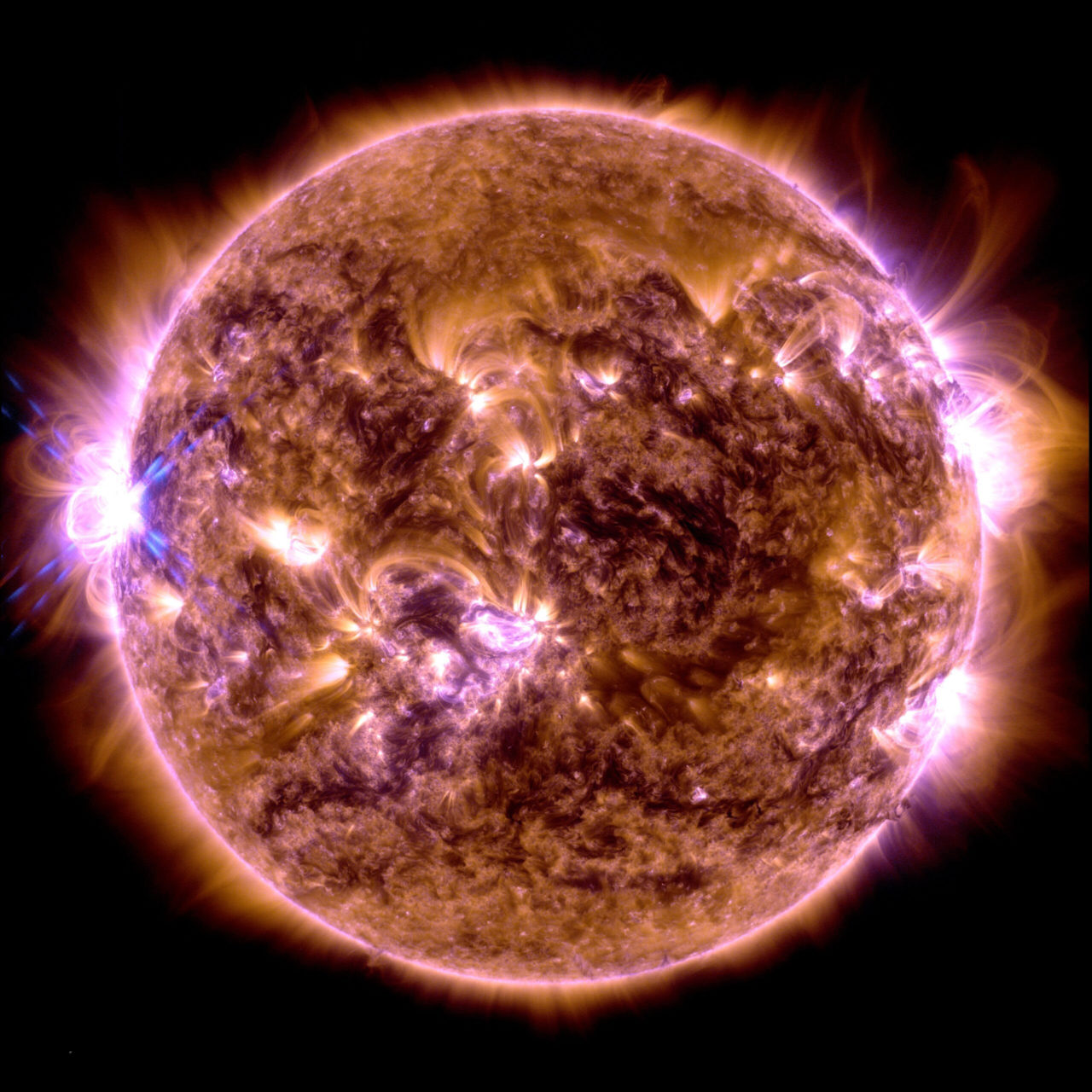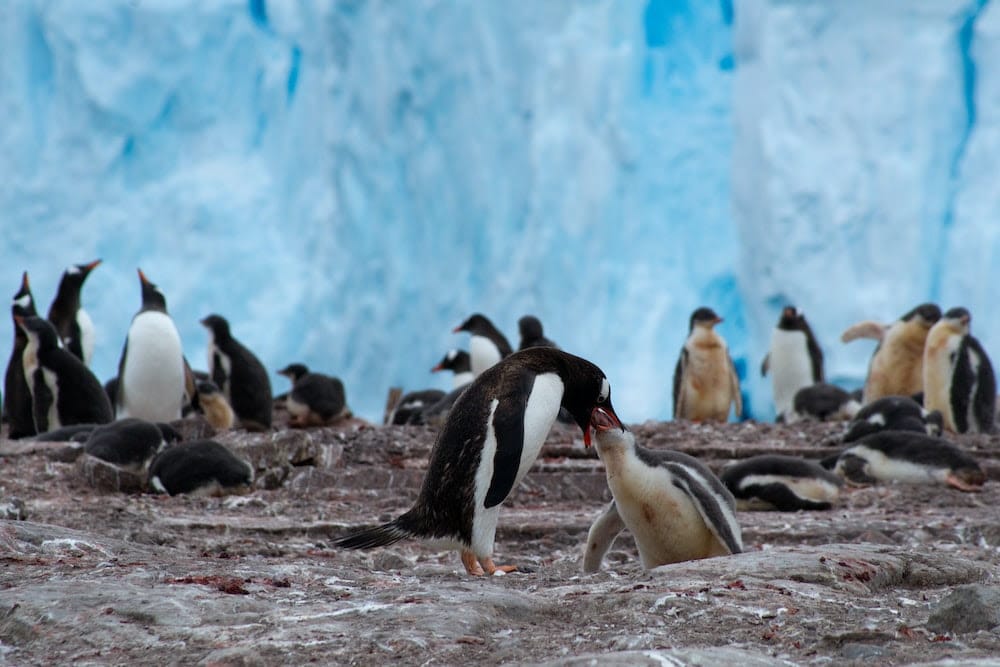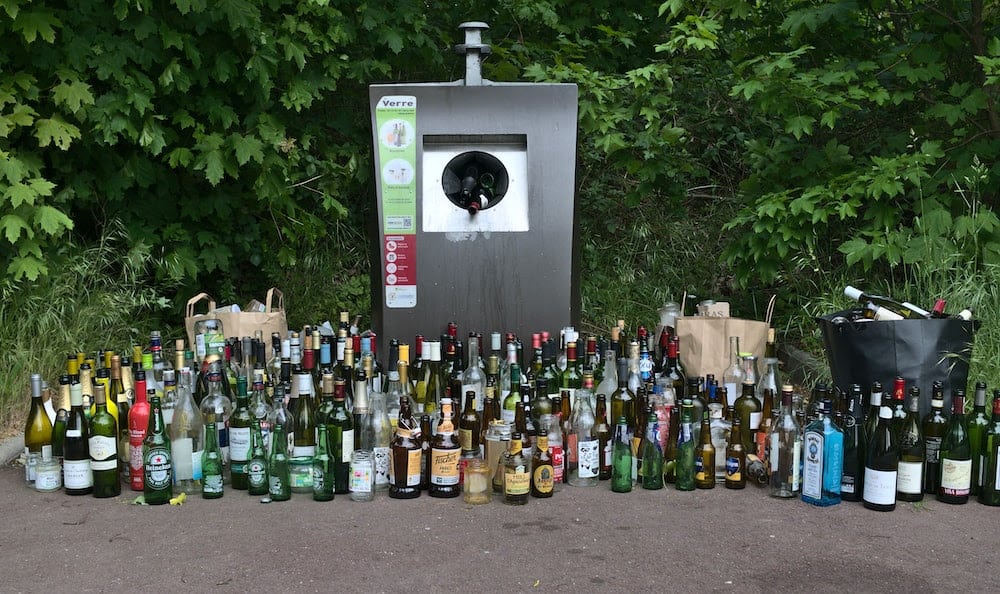La Soufrière, a volcano located on the island of Basse-Terre in Guadeloupe, is the highest point in the Lesser Antilles at 1,467 meters and, according to scientists at the Observatory Volcanique et Sismologique de la Guadeloupe, has recently been experiencing a phase of overactivity. Between April 21 and 29, 2023, the volcano experienced 193 small, low-magnitude earthquakes.
The director of the Guadeloupe Observatory. Yvan Vlastelic explains, in an article for France info Guadeloupe, that the general trend is towards an increase in activity indicators. He considers that the most important event in April was a seismic swarm and that it is one of the most important seismic phenomena to have occurred under La Soufrière in many years.
The scientist explains that the phenomenon took the form of a sequence of earthquakes close together in time, reaching almost 1,200 quakes beneath Soufrière at a relatively shallow depth, between 600 and 800 metres below the summit. The seismic swarms are considered to be the recycling of rainwater into the volcano, with the water being heated to very high temperatures and, as it rises, emitting a large quantity of steam, causing fractures in the rocks, which are the source of small earthquakes.

The energy accumulated in the volcano was released within a week, and scientists were able to observe the deformation of the dome due to internal pressure. La Soufrière, which was initially reactivated in 1992, is potentially very dangerous as it is an explosive volcano, of the same type as its Martinique neighbour Montagne Pelée.
According to experts, an eruption is likely in the near future, bearing in mind that over the last three hundred years, an eruption has occurred approximately every fifty years, the last one in 1976, forty-seven years ago. However, the latest bulletin from the Guadeloupe Observatory states that the probability of eruptive activity in the short term remains low, but that, given the renewed seismic and fumarolic activity recorded since February 2018, a change in the volcano’s regime has been noted such that an intensification of phenomena in the future cannot be ruled out.
The director of the Observatory believes that this should not be a catastrophic eruption, but perhaps a small event. The emanation of toxic gases is a phenomenon that needs to be monitored, given its danger to the population living nearby, one of the consequences of which has been the closure of the volcano’s summit area to the public since October 2022. He also points out that the temperature increases measured had not been seen in the past, reaching almost 140 ˚ C at the South-North crater. The alert level remains yellow for the time being, between the minimum alert, corresponding to the green level, and the orange level, corresponding to the greatly increased alert.




